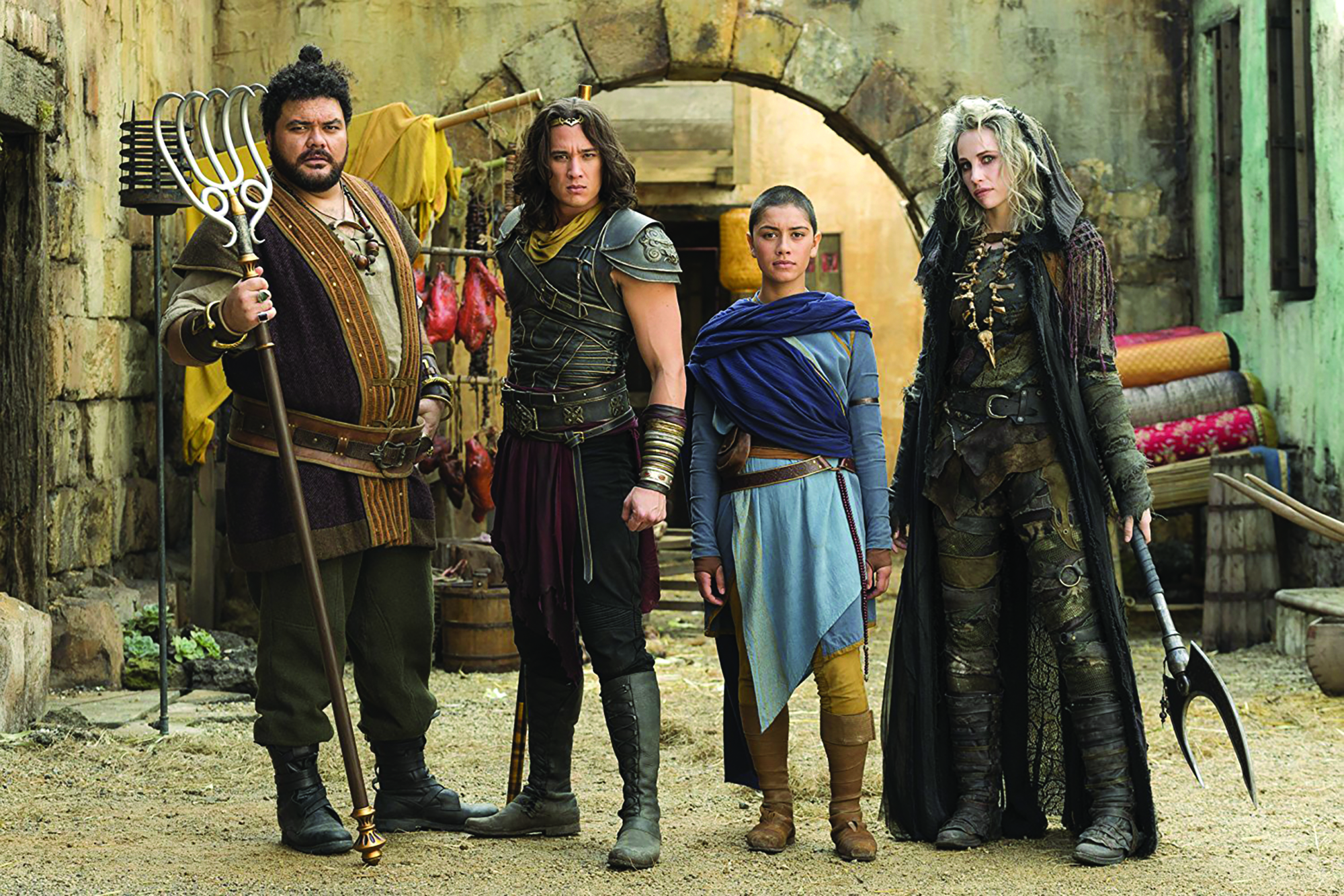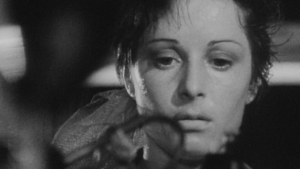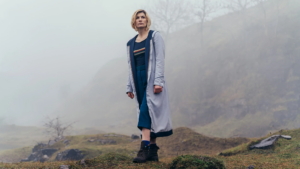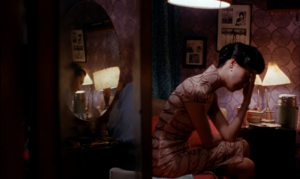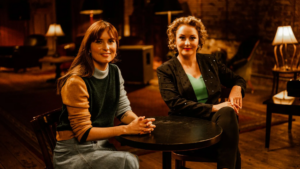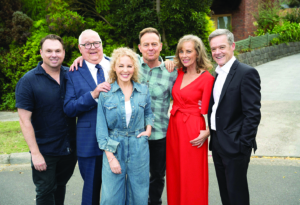When I first started writing this column for Metro almost a decade ago, much of the debate at the time was over the emergence of streaming services and their impact on the local screen industries. Public broadcasters led the charge through ABC iview and SBS on Demand, but the question was when – if at all – Australia would be given access to big players like Netflix, and whether that would finally help bridge the gap in our market. Of course, many of these films and television shows were finding Australian audiences before official local launches, brought to impatient viewers by the letters V, P and N. And without sanctioned alternatives, the illegal downloading trade thrived, particularly thanks to Game of Thrones and Doctor Who viewerships. Many were hungry for the latest releases, and did what they could until the law caught up.
Fast-forward to 2021, and Australians are suddenly spoilt for streaming choice. Netflix, Stan, Amazon Prime Video, Binge, Apple TV+, Disney+ … the sheer number of options can be overwhelming, but can also be one of the few things that keep us going during extended periods of forced time at home. As many of us have found ourselves with more time to fill in front of our TVs, questions over how an Australian audience can be addressed arise, such as: what, in particular, does ‘Australian’ streaming look and sound like now?
Although international catalogues are notoriously difficult to compare, it is interesting to see how Australian hires at streaming organisations have made waves to cater to nostalgic local viewers. For instance, Netflix ANZ, whose programming arm is now led by former ABC executive producer Que Minh Luu, has been making some interesting choices. In terms of acquisition of older releases, its placement of Japanese cult favourite Monkey feels like a warm hug for those who grew up watching the show on ABC TV back when choices were limited. This legacy has since been revisited more vividly with the programming of the Australian–New Zealand reboot The New Legends of Monkey, which first screened on ABC ME before being picked up by Netflix. The early 2000s dramedy The Secret Life of Us has also been added to the catalogue, along with Round the Twist,the 1990s kids serial that bore the best earworm of all time (‘Have you ever, ever felt like this?’).
The influx of Australian back-catalogue classics now being made available on streaming platforms has been noticed in the press, but the reception hasn’t always been entirely celebratory. Luke Buckmaster wrote in The Guardian in June 2021 that the ‘recent injection of classic titles (rather than the financing of new ones) barely begins to right [the] wrong’ of the recent dearth of local content. His argument is supported by the ongoing Make It Australian campaign, an industry-led appeal to streaming services to continue to support new local productions (interestingly, a campaign of the same name appeared in the 1960s to appeal to the then-new broadcast television industry to make and support local stories; this has clearly always been an uphill battle).
The interruptions to production – and creative work generally – due to the COVID-19 pandemic have made it hard to assess from the outside how much Luu and her colleagues from other streaming services have been able to respond to these calls. However, it is evident that Luu is invested in promoting Australian content. In a May 2021 episode of the Screen Australia Podcast titled ‘How to pitch to Netflix ANZ’, she explained that a central aspect of her job is the goal of trying to put Australia on the global stage:
We get to lean way, way far into what it means to be Australian. And we know that if we get it right, something that is just unabashedly ours and Australian is going to travel as well, so getting to work for a place that sets you this challenge to really own that sense of Australianness [… is] incredibly empowering.
In the same podcast episode, Nakul Legha, who runs Netflix ANZ’s acquisitions and licensed programming department, went on to note that there’s a range of local stories that his team wants to support:
It’s a really diverse slate […] We’ve got Heartbreak High and Byron Baes – they couldn’t be further from each other in how you see them in terms of genre and what it is – and we’ve got a lot more of that up our sleeve.
Hot on Netflix’s heels is Stan, which also recently hired a former key decision-maker at a public broadcaster, former SBS channel manager Ben Nguyen, as their director of programming. IF.com.au’s announcement of Nguyen’s appointment in June highlighted a renewed push for the inclusion of local productions appealing to local audiences, recalling the company’s commitment last year that they would invest in over thirty Australian productions annually from 2020 to 2025.
As the battle for local content and local stories continues, we as viewers can sit back and enjoy the ride. Given the devastation wrought on the creative industries that rely on live production over the last eighteen months, this hunger for Australian and New Zealand productions can, with luck, bolster the creative industry as a whole.
